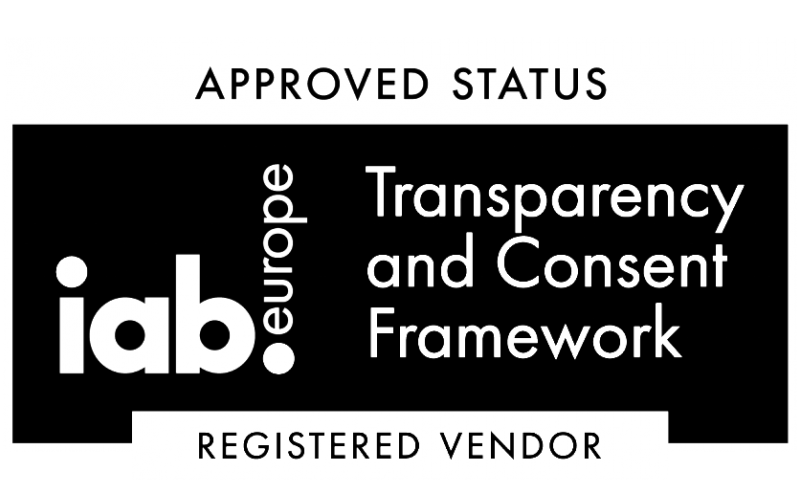5 Tips For Integrating Dashboards By API Effectively

Is your company unable to evolve with time? Are you missing out on great opportunities? Keep your business fruitful with the help of tools and API-driven systems. The many benefits of integrating APIs in your business are collecting data and converting it into real-time data insights, exporting the said data among multiple platforms and dashboards, accessing data from databases, etc. Besides, fusing these data into one interface will enable your managers to have absolute, complete information. It empowers them to be better informed. Want to learn how to create dashboards via API? Read on to learn more.
Study the API Documentation
The first step to effective dashboards by API integration is reading API documentation. Review the formatting requirements. These represent the data organization and structuring. Next, carefully examine the API endpoints. They carry essential data about the endpoints. Also, take note of the rate limits. These are essential for determining the frequency at which you can make requests.
Many API system providers offer integration videos of related products. Study them to know how to handle responses and make requests. You will learn to add new products and list users. You might even understand how powerful the API is and its applications.
Every API dashboard must pass all authentication requirements. For this reason, source valuable credentials, including access tokens and API keys. These authentication tools are essential for users to access the resources. Be sure to learn about authentication tools such as OAuth and Basic Auth. With this knowledge, you can interact with the API and fetch data.
Data Accuracy and Consistency
Run validation checks, ensuring the data meets your format expectations. These include dates, strings, and numbers. Confirm that all necessary fields are active and comprise valid data. Numerical values should fall within the expected ranges. Times and dates should be consistent and logical. Implement rules to check data integrity. These include referential integrity and unique IDs.
Set up regular data refreshes. They will ensure that dashboards show the newest data. Use incremental data updates to reduce the amount of data processed and transferred. Also, use version control for the data schema. Manage data changes correctly and run error handling. API errors include server errors, network issues, and invalid responses.
Maintain detailed logs of errors you encounter during API calls. These logs should include timestamps, the endpoint call, error codes, and request parameters.
Optimize the API Calls
Cutting API requests can boost dashboard performance and reduce API load. Filter out what you need and restrict queries to get essential data. This approach retrieves data efficiently and speeds up the dashboard. Targeting specific data will reduce unwanted data transfer, optimize API resource usage, and speed up performance.
Merging multiple data queries into one reduces delays and network use, makes the service faster and smoother for users, and improves reliability and performance for systems that support batch requests.
Secure the Integration
Protect API credentials and keys using environment variables. Use robust authentication methods like OAuth. These methods offer advanced security and prevent data breaches. Set up the integration to only allow authorized systems and users.
Encrypt data between the API and dashboard with HTTPS. This strategy stops data theft and ensures security. Use strong encryption and update security protocols. That keeps your data safe from new threats.
Monitor API rate limits. Then, design your integration to fit these limits. Add throttling mechanisms to control call frequency. That prevents exceeding limits. Thus, you avoid service disruptions. Also, you avoid getting blocked by the API provider. That ensures a smooth, reliable user experience.
Setup the System for Flexibility and Scalability
Design a segmental architecture for your dashboard integration. This enables the replacement and updating of the API components without changing the system. The approach helps to ease maintainability. It allows easy adoption of new technological advancements and requirements. A modular design facilitates ease of debugging and testing.
Set up your dashboard integration structure for optimal scalability. Doing so ensures it can handle increasing data volumes and user loads. You may need cloud-based solutions. They adapt effortlessly to accommodate expanding needs. Cloud services offer the capacity to scale your resources up and down. It helps you keep your performance high. And it avoids costs when use is low.
Design the dashboard integration so that users can customize it to their preferences. You must enable setting refresh intervals, choosing data sets, and adjusting visualization formats. The customization abilities enhance user engagement by offering a personalized experience. Also, they ensure the dashboard meets varied user needs and choices. Sometimes, they let the user focus on climatic data when they make vital decisions.
Wrapping Up
Integrating dashboards with an API is a process that requires time and planning. First, study the API document formats, limits, and features. Make sure the data is both efficient and accurate. Then, the structure will be designed to support the new system. Optimize the API calls, as well. Use environment variables and strong authentication to protect against data breaches. Only allow authorized users and systems to access the API. Your system must also meet modern scalability and flexibility standards. It should be able to handle increasing user traffic and data.
Emma is a full-time content writing specialist. She has been closely monitoring the Tech Industry trends for quite some time. Through her writing, she hopes to influence as many people as possible. She also likes traveling to different places. On her off days, she likes to spend time with her family, cooking, and reading novels.
Stay tuned!

- Contacto DPO: privacy@telecoming.com
- Finalidad del tratamiento: suscripción al blog.
- Legitimación del contrato: consentimiento.
- Destinatario de cesiones o transferencias: no se efectúan transferencias de datos fuera de la UE.
- Derechos de las personas interesadas: acceso, rectificación, supresión, oposición, limitación del tratamiento, portabilidad de los datos e interposición de reclamación ante la AEPD.



